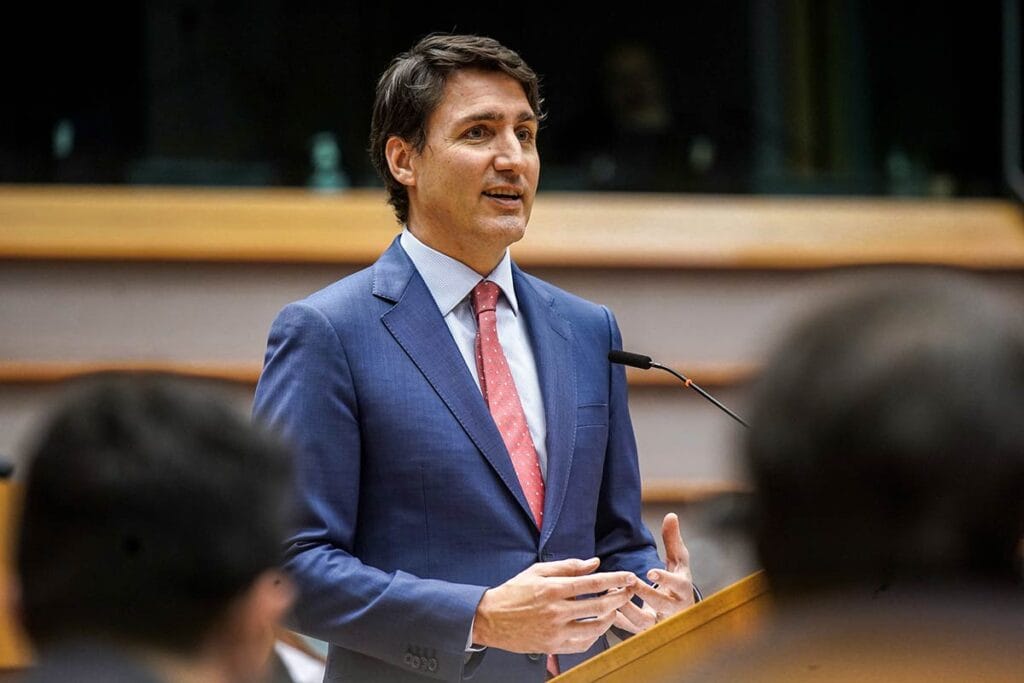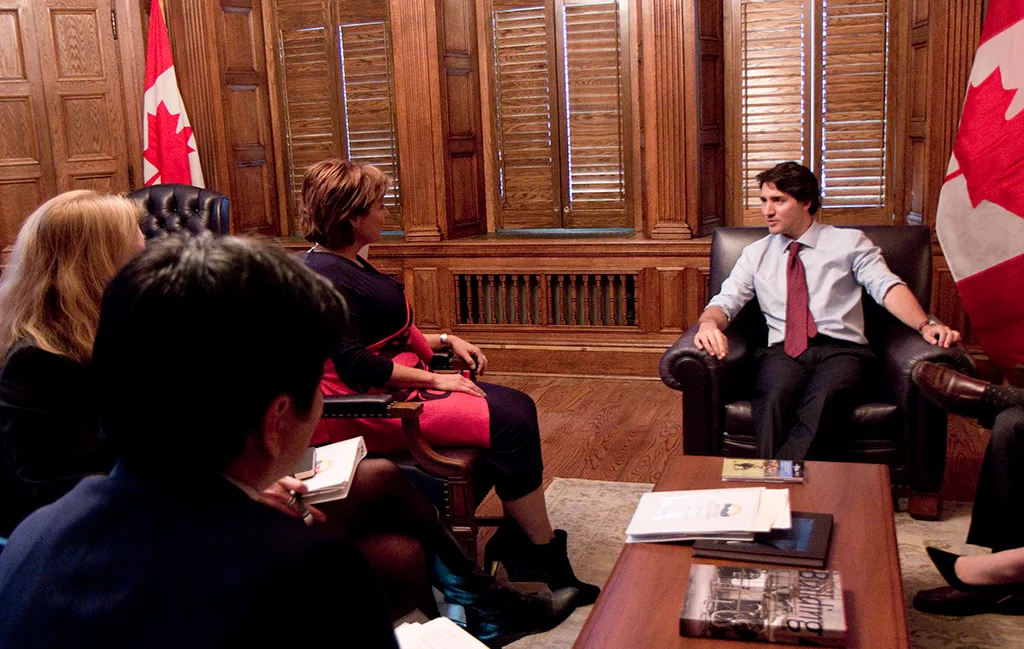Lower monthly mortgage payments might seem like a blessing in today’s challenging housing market, but they come with a dangerous cost: higher long-term debt and increased market risks. As Prime Minister Justin Trudeau appeared on The Late Show with Stephen Colbert this week, he admitted that Canada’s housing crisis is “a little sharper” than America’s. Unfortunately, the policies his government just introduced to ease this crisis may dull the sharp edge but leave behind deeper financial wounds.
Starting mid-December, new measures will make it easier for Canadians to purchase homes by extending mortgage amortization limits from 25 to 30 years for first-time homebuyers and buyers of new builds. Additionally, the Canadian Mortgage and Housing Corporation (CMHC) will now insure homes costing up to $1.5 million, increasing from the previous $1 million limit. While these changes may sound appealing on the surface, they create a precarious financial landscape for new homebuyers, masking significant long-term costs under the guise of short-term affordability.
The Appeal of Lower Payments – And Their Hidden Price
At first glance, extending mortgage amortization periods and increasing insurance thresholds seems like a logical step to ease the housing burden. After all, with housing affordability as a primary concern and an election on the horizon, politicians want to show they are doing something to help Canadians buy homes. By stretching payments over 30 years instead of 25, homebuyers will indeed see lower monthly payments, easing the financial stress in the short term.
But is this really a smart move? Take a closer look, and the answer seems less certain. While monthly payments will shrink, the total amount of interest paid over the life of the mortgage will increase significantly. For example, on a $500,000 mortgage with a 4% interest rate, stretching payments over 30 years saves around $248 per month compared to a 25-year amortization. However, this “savings” comes with a catch: the total interest paid over the life of the loan would increase by more than $67,000.
That’s right—$67,000. That’s a substantial amount of money simply to lower your monthly burden by less than $300. And let’s not forget that interest rates have fluctuated between 4% and 6% over the past three decades, meaning the numbers could be even more daunting.
Sacrificing Future Flexibility for Present Comfort
The consequences of these extended mortgages go beyond the additional interest costs. Homebuyers may find themselves with less equity in their homes over time, delaying the point at which they own a significant portion of their property. This can have a ripple effect on financial planning, making it harder to leverage home equity for other investments, like education funds, retirement savings, or unexpected medical expenses.
There’s also the issue of financial security. With higher CMHC insurance limits and lower down payments required, buyers may be tempted to stretch their budgets and purchase more expensive homes than they can reasonably afford. This “affordability illusion” can be a trap, pushing up home prices and increasing market competition, which only makes it harder for others to enter the market.
Moreover, with economic uncertainty on the horizon, anyone who pushes their finances to the limit now could be in for a nasty shock if the market shifts. Variables such as job loss or interest rate hikes could leave homebuyers vulnerable to defaulting on their loans, especially those with variable-rate mortgages that are sensitive to rate fluctuations.
Playing with Market Risks
One of the most significant risks of these new measures is that they may fuel further housing market volatility. Extending mortgage terms could help increase demand for housing, inadvertently pushing prices higher. This is especially dangerous in a market already characterized by steep competition and inflated prices.
The longer mortgage amortization periods also raise the specter of a phenomenon known as “negative equity.” If the housing market were to crash—or even experience a modest downturn—homeowners could find themselves in a situation where their outstanding mortgage balance exceeds the value of their home. While Canadian housing crashes have been predicted for years without materializing, the possibility of such an event cannot be dismissed entirely.
Even more concerning is the timing. Trudeau’s government is introducing these measures as economic indicators weaken and interest rates remain unpredictable. Lower inflation, typically a good sign, often signals an economic slowdown—exactly the environment in which risky policies like these could backfire.
The Retirement Trap
One of the more insidious effects of a 30-year mortgage is the way it may stretch into an individual’s retirement years. Instead of enjoying a paid-off home by the time they leave the workforce, many buyers could still be making monthly payments well into their golden years, when their income is lower, and their healthcare costs are likely to increase.
The ideal of entering retirement debt-free becomes harder to achieve under these extended mortgage conditions. As people live longer, the need for flexibility in retirement becomes more critical, yet a long-term mortgage can rob retirees of the financial breathing room they need.
An Election Gamble?
Ultimately, the new housing measures may look like an attempt to alleviate Canada’s housing crisis, but they seem more like a gamble with Canadians’ financial futures. With an election on the horizon, the Trudeau government likely hopes that easing homebuying rules will earn political goodwill. But in the rush to make housing more “affordable,” they may be sacrificing long-term financial stability for a fleeting political win.
Real estate professionals may celebrate these changes, but for homebuyers and the economy as a whole, they may represent a dangerous path. Lower monthly payments come with a hidden price tag, one that includes higher interest costs, reduced equity, and increased vulnerability to market fluctuations. The open question is: Will this really make homeownership more accessible, or will it just make the eventual costs of buying a home that much higher?
DOWNTOWNEASTSIDE.ORG is a collective author account used by several DTES contributors to discuss key issues and events in the neighbourhood. Articles under this authorship reflect diverse perspectives from those directly connected to the community. If you’d like to reach a specific contributor, please contact us via email.







Leave a Comment